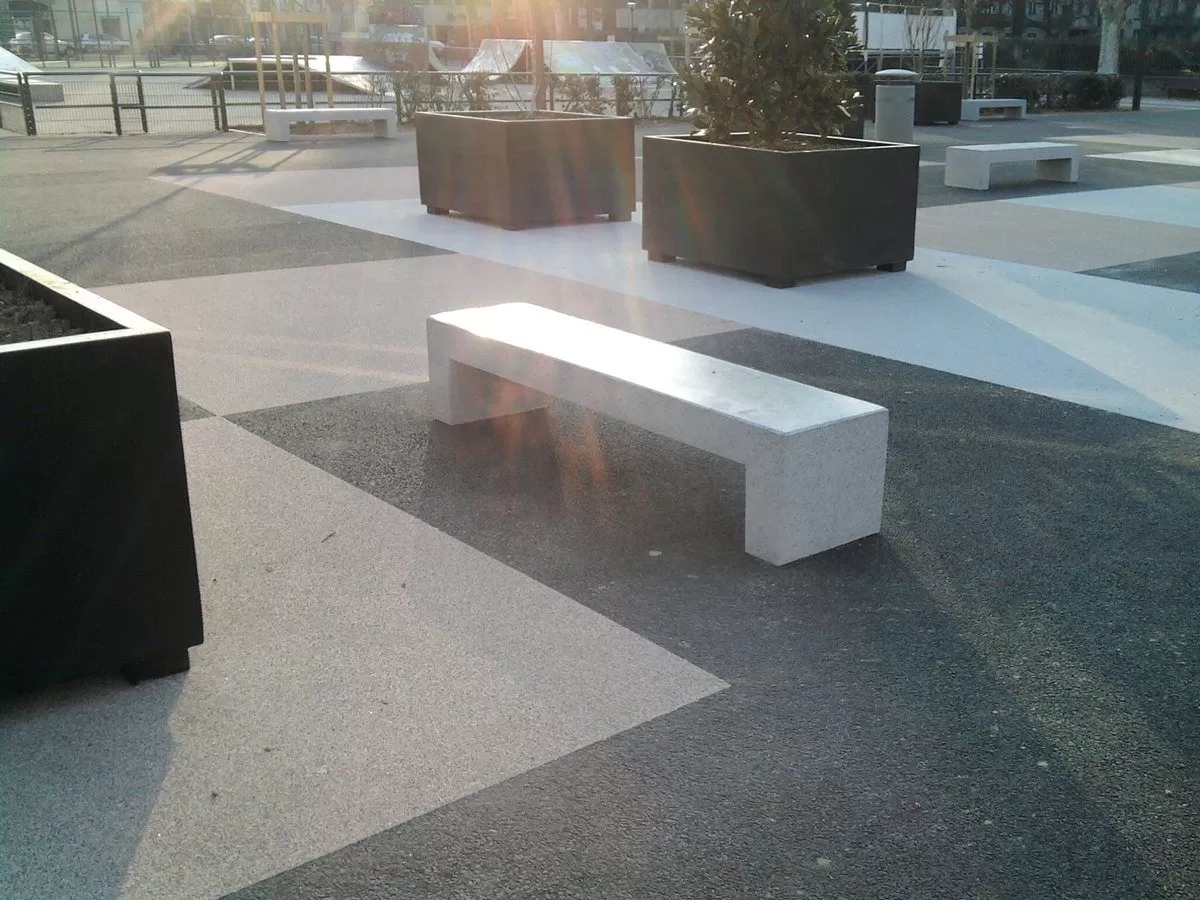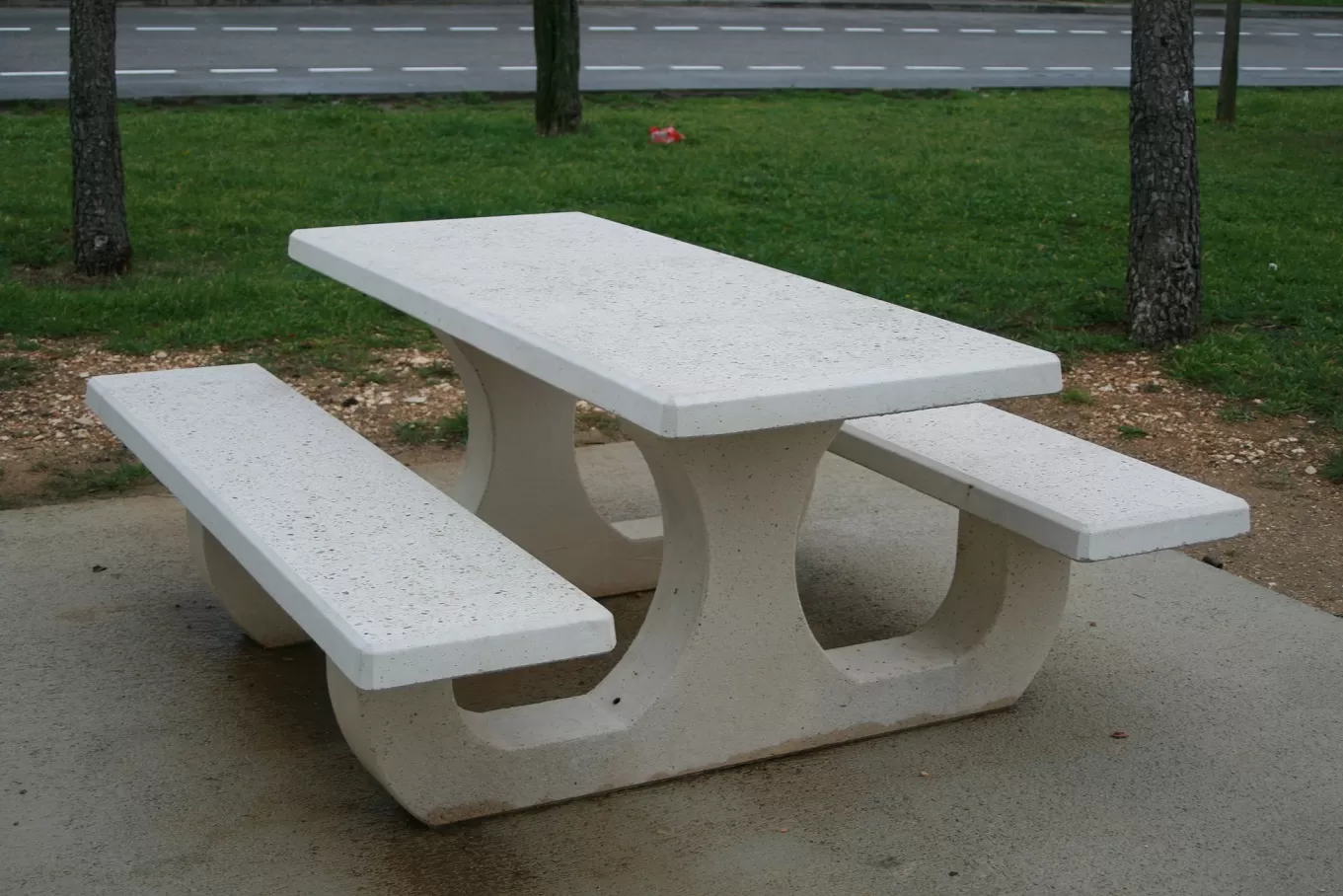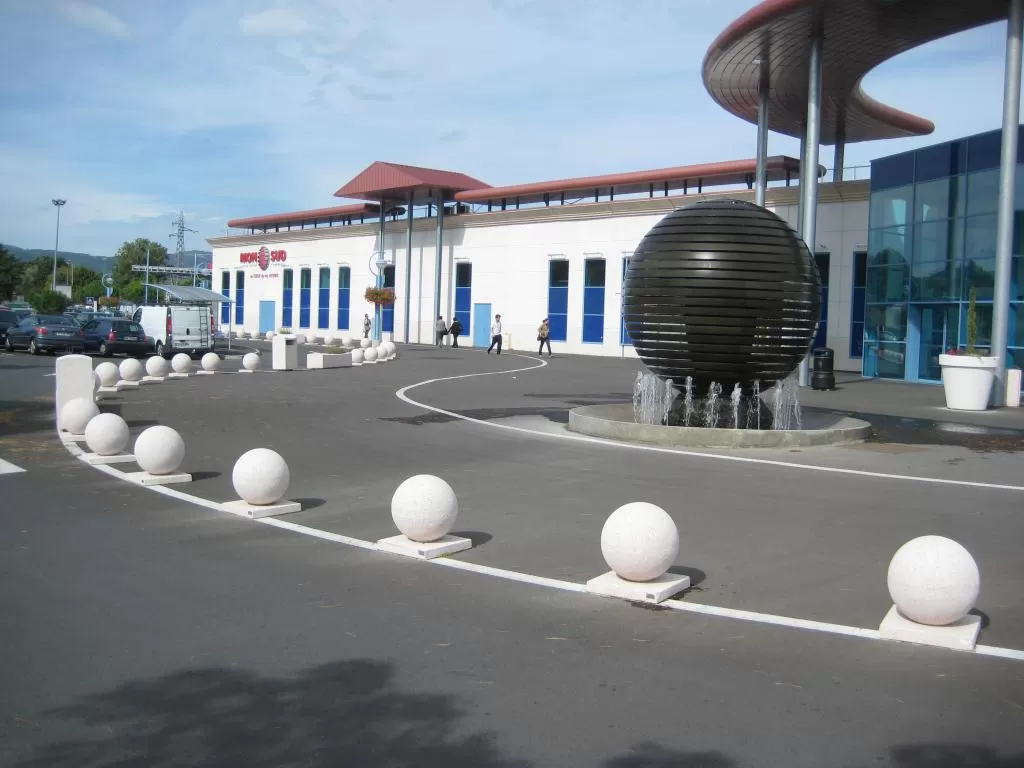Public parks are not just backdrops intended to make cities more beautiful. Green spaces provide facilities that are accessible to everyone and provide a social dimension that is essential to the urban dynamic. Towns and cities are redoubling their efforts to create greener, healthier cities.
Parks, gardens and public green spaces: the return of spontaneous plant growth
Towns and cities are dedicating an increasing number of spaces to vegetation. These give cities a new lease of life and are much appreciated by users. Flowers flourish in parks, gardens, flowerbeds and along the sides of paths. Their promulgation is encouraged by the arrival of pollinating insects. This creates a virtuous circle of urban greening that also involves spontaneous plant growth.
The return of the poppy, symbol of spontaneous plant growth
Already populating the fields again, poppies often cover organic crops with a red carpet. The flower is sensitive to pesticides and had also been driven out of towns, it is now being reintroduced in flowerbeds near public establishments and in public green spaces.
Poppies are of interest to farmers and urban communities alike for their ability to help manage rainwater. The taproot encourages water to infiltrate into the soil. These papaveraceous plants also produce abundant pollen, which is much sought-after by insects. Once it has returned, the poppy spreads rapidly, often dominating the local vegetation.
The return of plants, but supervised by local authorities…
Local authorities have been seeing spontaneous plant growth take over asphalt areas for a number of years now. This phenomenon is part of a policy for the bespoke management of green spaces by local authorities. This is intended to address the various maintenance goals and constraints associated with rural areas, urban spaces, hiking trails, green paths, public gardens and squares, etc., all of which require different types and frequencies of maintenance.
The bespoke management plans focus on spontaneous growth and local flora and have been implemented across most of the region. The long-term introduction of new plants gives rise to new requirements for maintaining green spaces. Manual weeding and late mowing are just some of the new practices that are gaining in popularity with both local authorities and users alike.
... and it has been acclaimed by the users
In the spring of 2021, an opinion survey conducted by the Observatoire des Villes Vertes and the Yougov institute, revealed enthusiasm and approval for the return of spontaneous plant growth in cities.
Over three quarters of those questioned were in favour of this development. The reasons given were, first and foremost, to preserve biodiversity, particularly in urban areas. Next came beautification and well-being. Another positive external aspect that was identified: raising awareness of environmental issues.
However, residents believed that spontaneous plant growth in their own streets would give them a shabby appearance. In these cases they remained positive towards returning greenery, provided it was properly supervised by the city.
Development of public parks and green spaces
Some green spaces are freely accessible, but gated public parks and gardens usually have opening hours which can vary. Within these areas, the various facilities must be clearly signposted to help visitors find them.
Special benches protected by plants
Benches installed in public spaces allow users to rest, to stop for a picnic, or to have a chat and relax. Ideally, benches should be protected from the sun at the hottest times of the day. When placed in close proximity to a tree, a bench is made more attractive and shaded by it.
In the absence of shade, the surface of the bench may heat up, making it uncomfortable to sit on. Concrete or wood benches are preferred for their low thermal conductivity compared to other materials such as aluminium or copper.
The same principle applies to tables, chairs and chairs with armrests installed in public parks and gardens.
Combining ornamental and spontaneous plants
Spontaneous and ornamental plants can grow together in green spaces, along lane dividers and at the bases of façades.
Ornamental vegetation can be planted in tubs and planters, and also in strips on open ground. Artificial flower beds will then be augmented by the arrival of spontaneous seasonal plants.
Diversity also helps to maintain plant growth in urban spaces, despite extreme weather conditions. Some plants can be irreparably affected by extreme heat or cold, while others will survive more easily.
Sanitary facilities in public green spaces
Public gardens and other outdoor facilities fall into the category of Installations Open to the Public (IOP). Just like with public buildings (ERPs), IOPs have certain accessibility requirements attached. Toilets in public parks must be accessible for persons with reduced mobility (PRM). Accessibility also includes the paths leading to the toilets and the cubicle itself, in all its dimensions and configurations.






